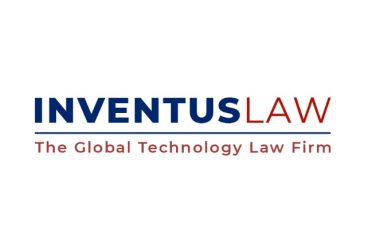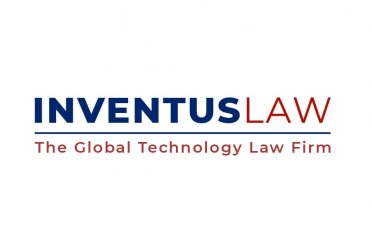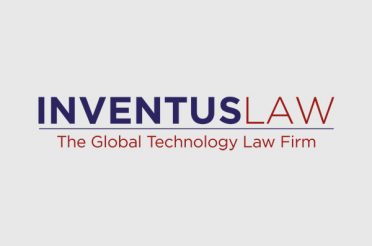Significance of “$100k” Cap in PPP Loan Application and Forgiveness Calculations
With the extension of the PPP Loan Application deadline to August 8, 2020 and the recent revisions made to the SBA’s interim rules on loan forgiveness, this alert intends to provide a clarification on the calculations involved in applying for PPP Loan and later on, for the forgiveness of it.
- Maximum PPP Loan: The maximum PPP Loan amount that can be borrowed for corporations is calculated by the following methodology:
Step 1: Compute 2019 payroll costs by adding the following:
- 2019 gross wages and tips paid to your employees whose principal place of residence is in the United States[1], subtracting any amounts paid to any individual employee in excess of $100,000 and any amounts paid to any employee whose principal place of residence is outside the U.S;
- 2019 employer health insurance contributions[2];
- 2019 employer retirement contributions[3]; and
- 2019 employer state and local taxes assessed on employee compensation, primarily state unemployment insurance tax.[4]
NOTE: A borrower may not include in the calculation for the PPP Loan any amounts paid to Independent Contractors or 1099s.
Step 2: Calculate the average monthly payroll costs (divide the amount from Step 1 by 12).
Step 3: Multiply the average monthly payroll costs from Step 2 by 2.5.
Step 4: Add the outstanding amount of any EIDL made between January 31, 2020 and April 3, 2020 that you seek to refinance, less the amount of any advance under an EIDL COVID-19 loan (because it does not have to be repaid).[5]
- PPP Loan Forgiveness: The 24-week extension of the PPP Loan forgiveness period has also increased the maximum forgiveness cap for payroll costs per individual for eligible businesses with employees. For each individual employee, the total amount of cash compensation eligible for forgiveness may not exceed an annual salary of $100,000, as prorated for the Covered Period.
- For borrowers electing to use an eight-week forgiveness period, the maximum amount of cash compensation eligible for forgiveness per employee is ($100,000/52)*8, that is $15,385.
- For borrowers electing to use the 24-week forgiveness period, the maximum amount of cash compensation eligible for forgiveness per employee is ($100,000/52)*24, that is $ $46,154.[6]
NOTE: There are different rules to calculate maximum forgiveness cap for “owner employees”[7].
If you have any questions about the above mentioned and/or need help with filing your PPP loan application, please contact Christopher L. Rasmussen, Managing Partner, Inventus Law, PC., at chris@inventuslaw.com or Aakshita Bansal, Extern, Inventus Law, PC., at aakshita@inventuslaw.com.
Disclaimer: This Memo is being provided for information purposes only and is drafted entirely on the bases of public resources. Information contained on or made available herein is not intended to and does not constitute legal advice, recommendations, mediation or counseling under any circumstance. This information and your use thereof do not create an attorney-client relationship. You should not act or rely on any information provided herein without seeking the advice of a competent attorney licensed to practice in your jurisdiction for your particular business. We expect that additional guidelines or rules pertaining to PPP Loan and loan forgiveness may be issued by the SBA in the near future, which we will continue to monitor and provide updates on.
[1] This can be computed using 2019 IRS Form 941 Taxable Medicare wages & tips (line 5c-column 1) from each quarter plus any pre-tax employee contributions for health insurance or other fringe benefits excluded from Taxable Medicare wages & tips.
[2] Refer to the portion of IRS Form 1120 line 24 or IRS Form 1120-S line 18 attributable to health insurance)
[3] Refer to IRS Form 1120 line 23 or IRS Form 1120-S line 17)
[4] Refer to state quarterly wage reporting forms
[5] https://home.treasury.gov/system/files/136/How-to-Calculate-Loan-Amounts.pdf
[6] https://home.treasury.gov/system/files/136/PPP-Loan-Forgiveness-Application-Instructions_1_0.pdf
[7] Note that the SBA has not as yet defined what an “owner employee” is or what ownership percentage triggers the “owner employee” rule.




